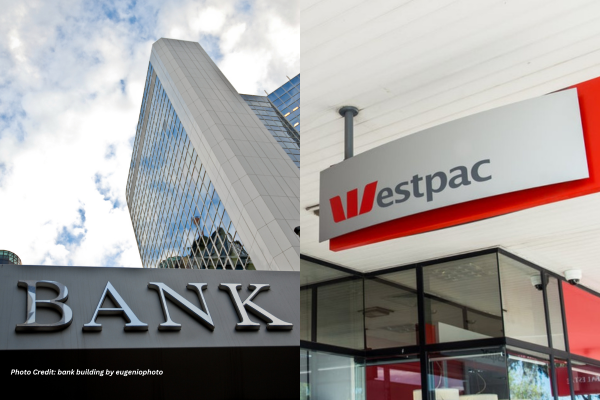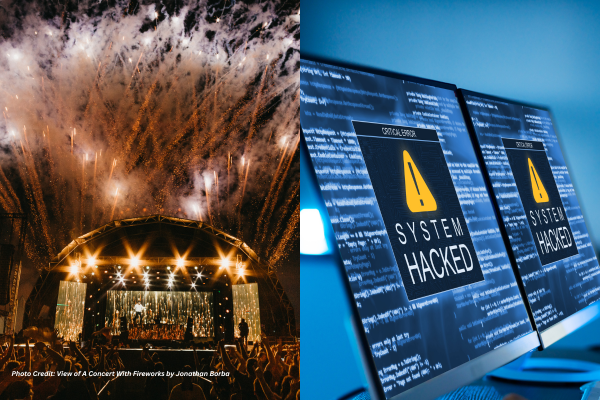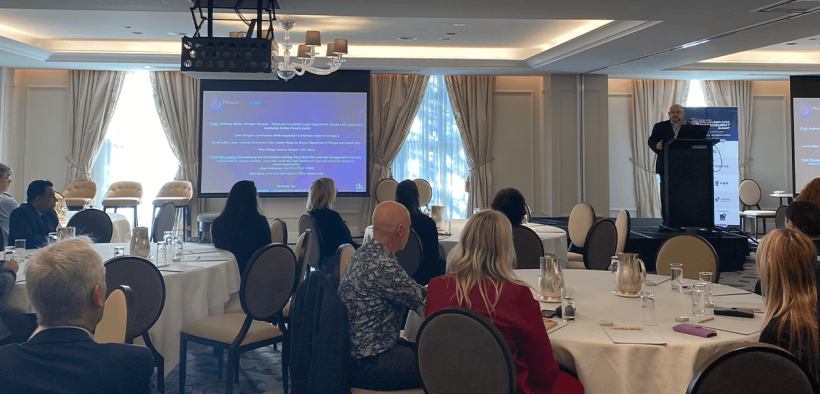The threat of fraud has dramatically increased in the last few years with significant advancements within cyberspace. Around 2.1 million Australians have experienced personal fraud in 2020-21 alone, and fraudulent activities worldwide have cost the global economy US$5 trillion annually.
Technology such as interconnected networks, mobile platforms, and communications channels has only opened more avenues for fraudulent actors to devise complex schemes that often leave organisations scrambling to mitigate the damage.
At Akolade’s 11th Annual Fraud Prevention Summit, fraud management professionals from all over Australia came together to learn how to avoid the growing threat of fraud by utilising the best tools and knowledge within their industry.
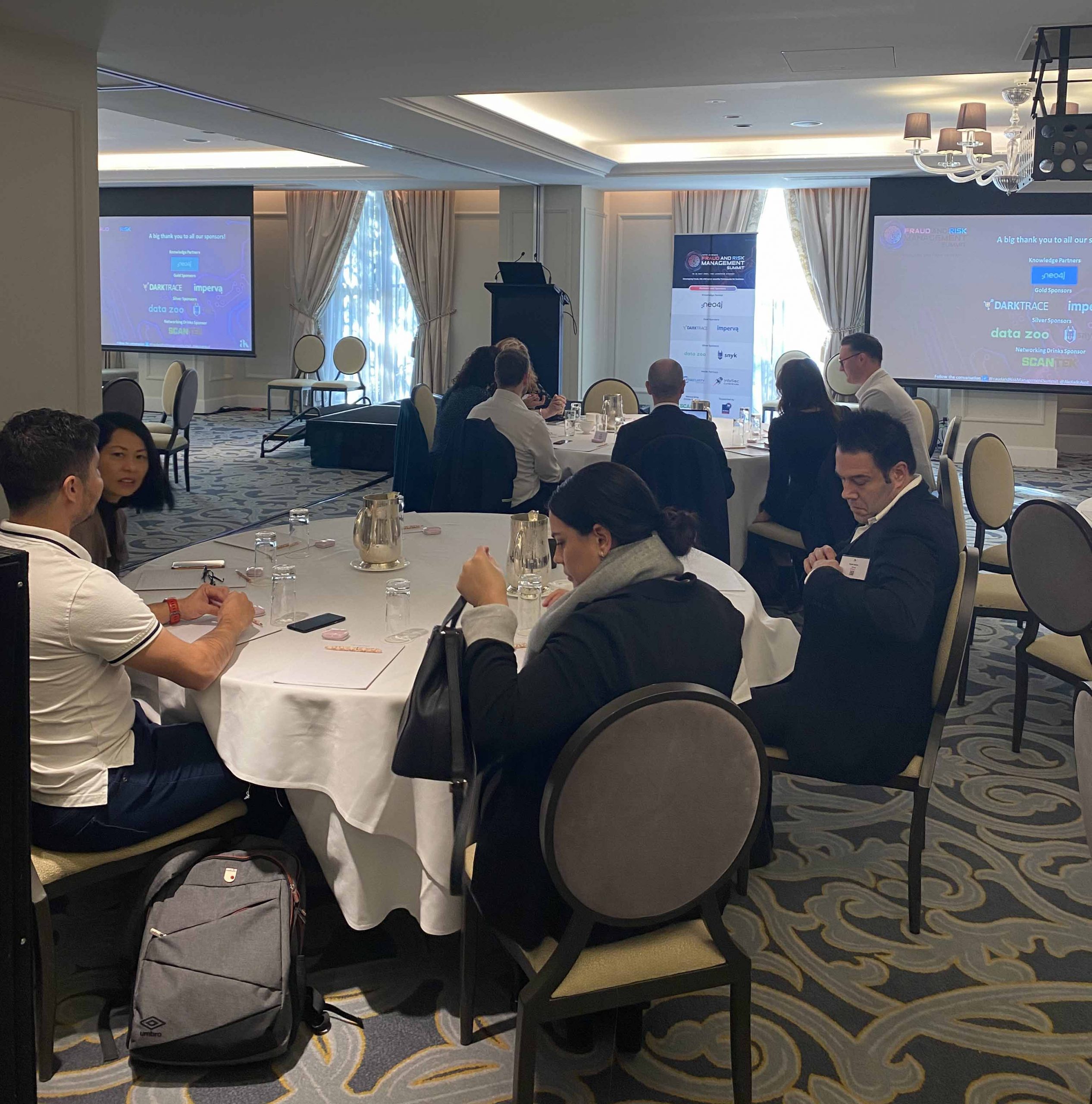
Similar to how law enforcement stays vigilant of individuals more prone to commit crimes, fraud professionals at the event shared that organisations should be aware of the type of person to commit fraud to mitigate the risk.
One method that professionals can use to be aware of such risk is the fraud triangle, a framework for fraud officers to use to understand the reason behind the individual’s fraudulent act.
The fraud triangle outlines three elements that make up fraud: (1) opportunity, (2) incentive, and (3) rationalisation. These elements, when present in a given situation, can explain the reason behind an individual’s decision to commit fraud.
Under the first element, fraudsters are faced with circumstances within the organisation’s environment that may or may not allow them to commit fraud.
Organisations can mitigate the impact of this element in the fraud triangle by establishing strong internal controls and policies and specifying an ethical culture that encourages staff to protect their public resources.
However, once the first element is present, the fraudster will then be pressured to commit the crime as they are given the incentive to do so. Social engineering, where bad actors manipulate employees into giving private information, is an example of this.
To prevent employees from becoming incentivised to commit fraud, organisations can invest in their human resources to identify red flags within their employees and provide training to identify fraud risks in their jobs.
But if the two elements of the fraud triangle have been fulfilled, fraudsters would then justify their actions against the company they have defrauded. This rationalisation of the crime they committed completes the framework as it shows the process for the fraudster’s criminal act.
Aside from establishing strong internal controls and policies and providing employee training to identify fraud risks, healthy peer pressure within the workplace can also help in mitigating the final element as fear and intimidation among employees can only increase it.
Want to gain and share knowledge from other professionals within the industry? Check out our latest public sector events here.
Although the internal threat of fraud should be considered, delegates at the summit were also advised to be aware of the increasing number of external fraud threats they face.
A fraudster is no longer just a “loner with a hoodie and sunnies”. The growth of technology has brought an era of “hacking-as-a-service” or “ransom-as-a-service”, where a fraudster’s skills can be outsourced by malicious actors from different parts of the world for a price.
This commercialisation of the crime led to the creation of a system where sophisticated global fraud syndicates align themselves and offer their services to corrupt governments, financial institutions, and money launderers. The collaboration from this system has, in turn, allowed bad actors to grow in strength and effectiveness.
As they work together to commit fraud, fraudsters have been targeting sectors whose fraud defences are left vulnerable as they try to quickly navigate the changes brought about in the last few years.
Although Australia’s corruption rating index dropped, speakers at the event shared that fraud activities have escalated within multiple sectors such as mining and infrastructure. The public sector was also not spared from this, as WAToday reported in 2021 that a former public servant was sentenced to 12 years for defrauding the WA Government of $27.4 million.
As it is clear that the fraud environment has become even more unpredictable and volatile, professionals within the industry have been busy strengthening their fraud management strategies to combat the threat of fraud.
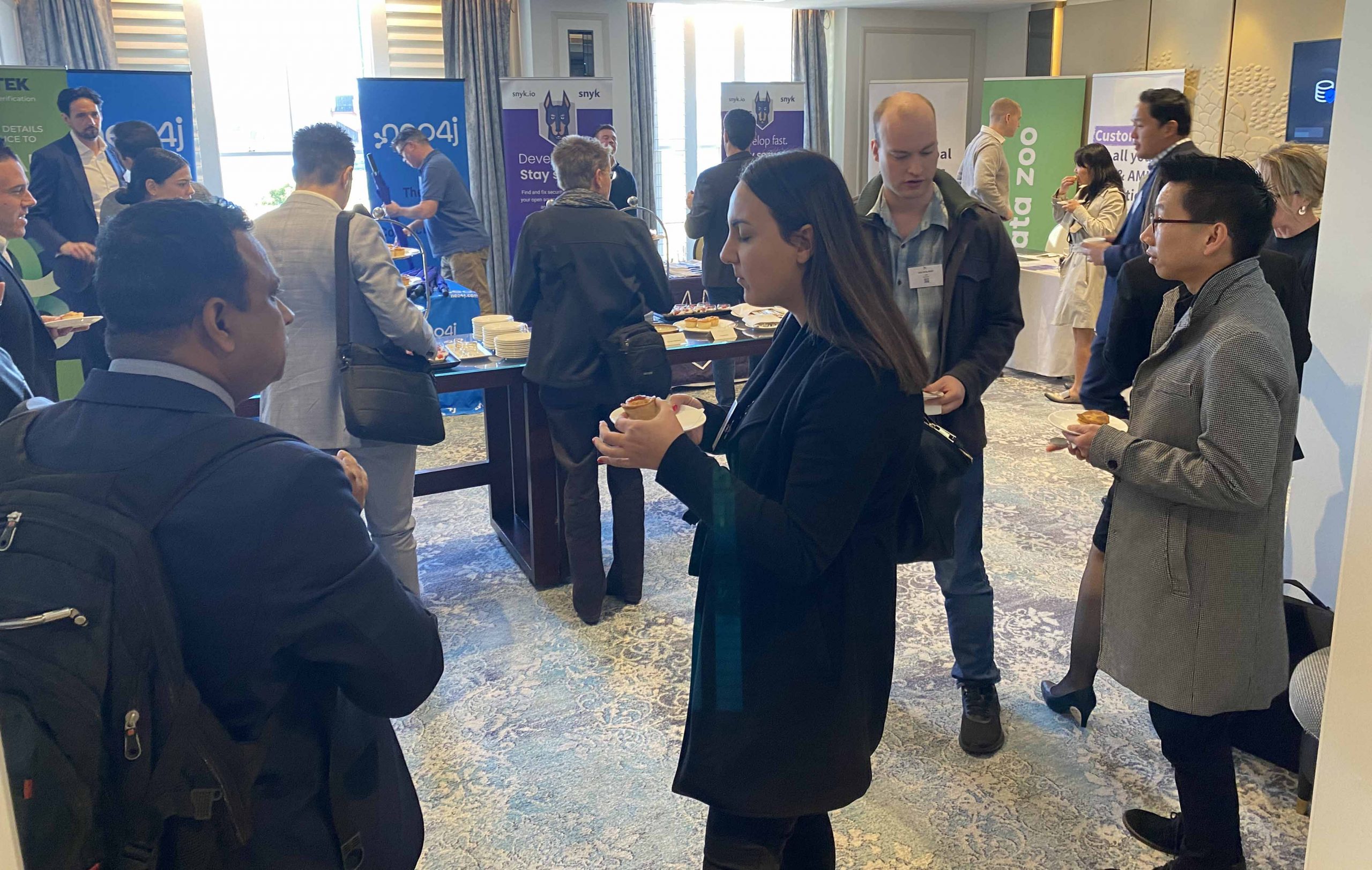
The summit presented a way to combat the threat, which was to ensure that the federal government stayed on top of fraud. One example of this is the rising support for establishing the National Integrity Commission, which will help mitigate fraudulent activities within the federal government and the public sector through its power to investigate corruption and misconduct.
Aside from the initiatives from the federal government, an insight that came out from the summit said that organisations should also push for better fraud management strategies in their own companies. For example, another way to combat fraud is to develop a strong organisational culture that promotes and values fraud prevention and use big data and analytics to track, forecast, and manage fraud patterns.
Another discussion during the summit was how organisations should ask themselves if they are fraud-resistant, both internally and externally. It is crucial to conduct stress tests within the company to evaluate how they will react, handle and recover in threatening situations.
While there is no “one size fits all” solution to risk management, it has been said that creating a risk-intelligent culture can also help prevent fraud. For example, fraud officers should understand their circumstances and pitch their communication and activities at the appropriate level. In addition, strengthening the understanding and attitudes toward risk can lead internal stakeholders to make the right risk-based decisions.
It was also revealed at the summit that organisations should consider their maturity level regarding activities and attitudes in countering fraud. This can be done through a Certified Fraud Examiner, who can identify gaps within one’s fraud prevention processes and tolerance level for a copy. Doing so can increase stakeholder confidence and prevent reputational damage.
Aside from understanding the causes of fraud and establishing strategies to manage it, professionals can also look toward protecting their organisations from cyber fraud.
Cyber has become one of the most prominent concerns CEOs face due to the true nature of cyber risk. Fraud officers at the summit were advised to remain aware of their company’s information assets and how they protect them in order to mitigate cyber fraud.
They were also advised to establish good cybersecurity practices among employees and have a crisis plan in case of a cyber-attack.
As Australia’s fraud landscape continues to become increasingly dangerous and complex, professionals move to improve their fraud management strategies via technology and to understand human nature to predict and counter fraud.
Eliza is a content producer and editor at Public Spectrum. She is an experienced writer on topics related to the government and to the public, as well as stories that uplift and improve the community.










